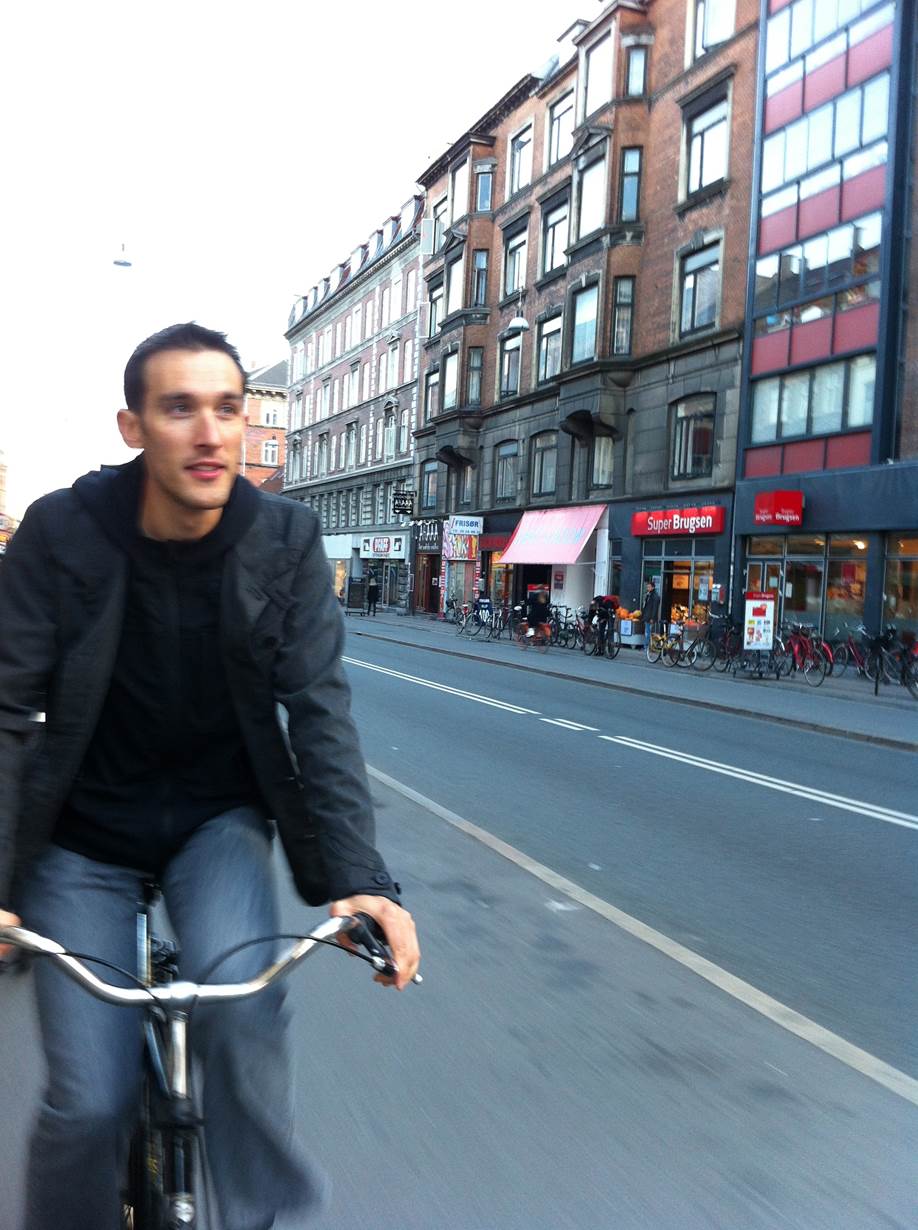Ride to the Future
Cycling and multifamily
Amidst rising health care costs and the great urban rebound, the car is being replaced by alternative means of transport, such as biking. Millennials, one of the largest renter cohorts, are driving 23 percent less today than their peers did in 2001. According to U.S. Public Interest Research Group per capita driving rates have shrunken […]
